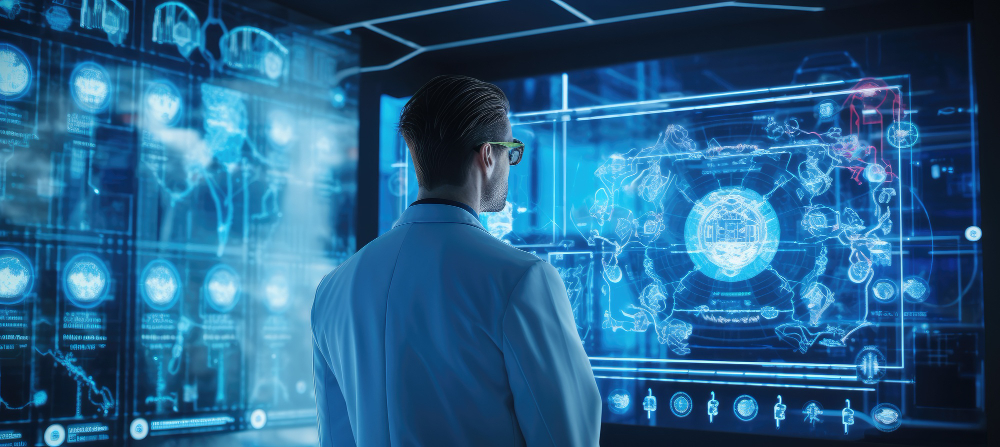Different Types of AI Systems and How They Work
Rian

Different Types of AI Systems and How They Work
AI systems come in various forms, each with unique capabilities that cater to different needs and applications. From simple reactive machines that respond to specific inputs to more advanced self-aware systems, these AI types range in complexity and functionality.

Some are designed to perform narrowly defined tasks, while others possess the ability to learn and adapt, making them suitable for a broader range of challenges. As AI continues to evolve, understanding the different forms it can take is crucial for leveraging its potential in diverse industries. Here’s a quick breakdown:
- Reactive Machines: These AI systems analyze current situations but don’t store past information. They are great for tasks like playing chess by reacting to moves in real-time.
- Limited Memory: These systems use historical data to inform decisions. They’re used in autonomous vehicles, where past experiences help improve navigation and safety.
- Theory of Mind: This type of AI is still in development. It aims to understand emotions and social interactions, similar to human empathy.
- Self-Aware Systems: These are theoretical AI systems that possess self-awareness and consciousness. They’re the stuff of sci-fi for now.
AI can also be categorized by its scope:
Narrow AI: Designed for specific tasks like voice assistants or recommendation engines. It’s the most common type of AI today.
General AI: A theoretical concept where AI can perform any intellectual task a human can. It’s the holy grail of AI research.
In real-world scenarios, these systems power everything from smart home devices to complex data analysis.
AI in Different Industries
AI impacts industries by boosting speed, precision, and personalization. It improves efficiency and effectiveness in many operations.
In healthcare, AI enables personalized medical treatments. It analyzes patient data to suggest tailored treatments, improving outcomes and cutting costs. AI also helps diagnose diseases more accurately.
Retail gains from AI through virtual shopping experiences. It offers personalized recommendations and improves inventory management. This customization boosts customer satisfaction and sales.
In manufacturing, AI optimizes factory operations. It analyzes IoT data for predictive maintenance, cutting downtime and boosting productivity. AI-driven automation improves quality control, ensuring consistent product standards.
Banking uses AI for fraud detection and decision-making. It processes transactions in real-time, quickly spotting suspicious activities. AI also helps assess risks, improving financial decision accuracy. For businesses seeking to enhance their operations, exploring customized software solutions can offer tailored AI-driven analytics and insights.
Impact of AI
AI is set to significantly boost the global economy. By 2030, it’s expected to contribute around $13 trillion. This growth is reshaping industries and redefining job roles.
AI’s influence stretches across various sectors. It enhances productivity, efficiency, and innovation. Here’s how:
Industry Transformation: AI is changing how sectors like finance, healthcare, and manufacturing operate. For businesses looking to integrate AI solutions, exploring AI as a Service can provide insights into enhancing performance and profitability.
Job Creation: New roles are emerging in AI development, data analysis, and more.
Increased Efficiency: Automation and AI tools streamline operations and reduce costs. Our Software Development services offer tailored solutions to improve operational efficiency through advanced technology integration.
While AI offers many benefits, it also poses challenges. Job displacement is a concern as machines take over routine tasks. This shift requires a focus on retraining and workforce development to match new opportunities.
AI’s economic impact is profound. It drives growth and creates opportunities but demands thoughtful adaptation. Embracing these changes will be crucial for future success.